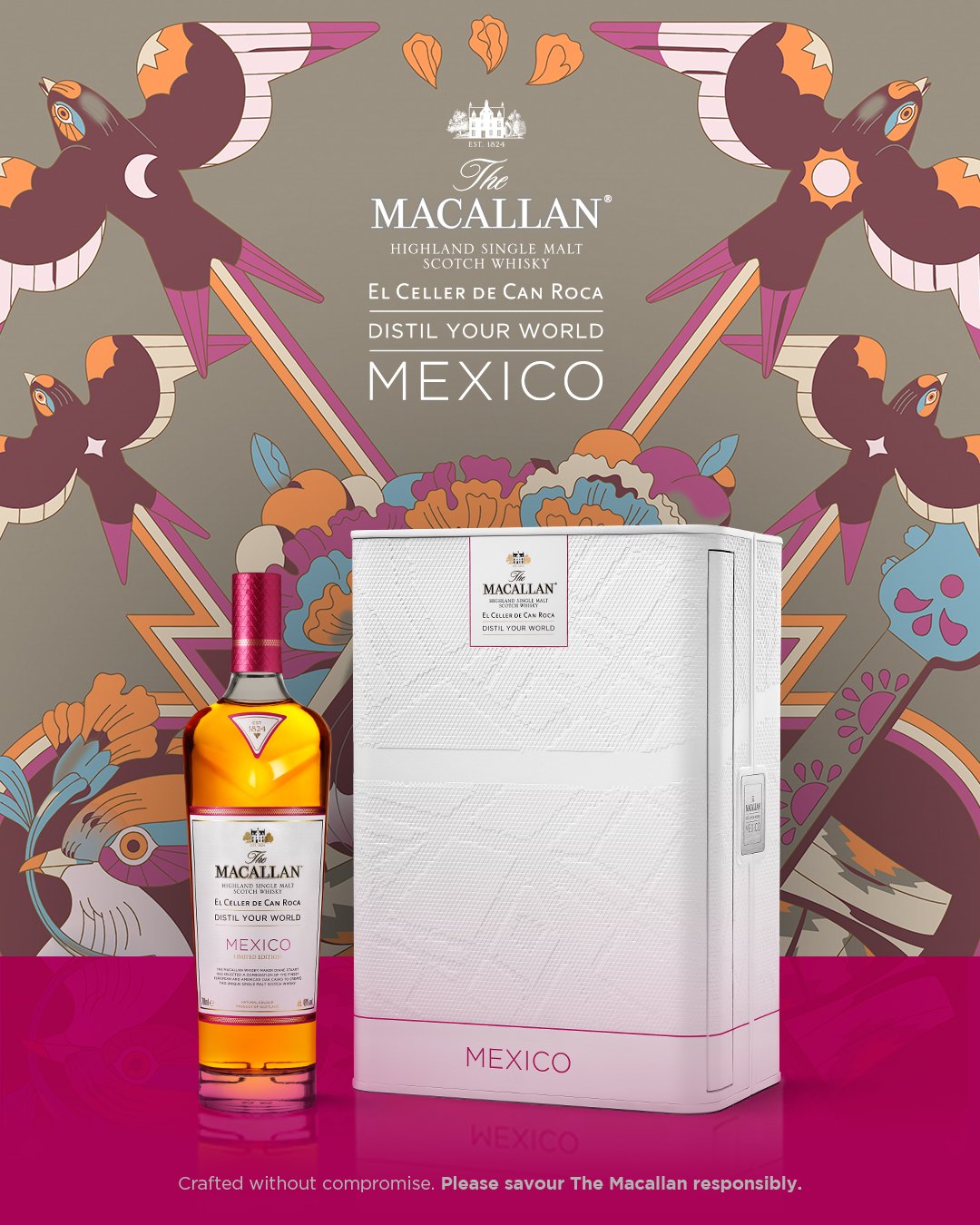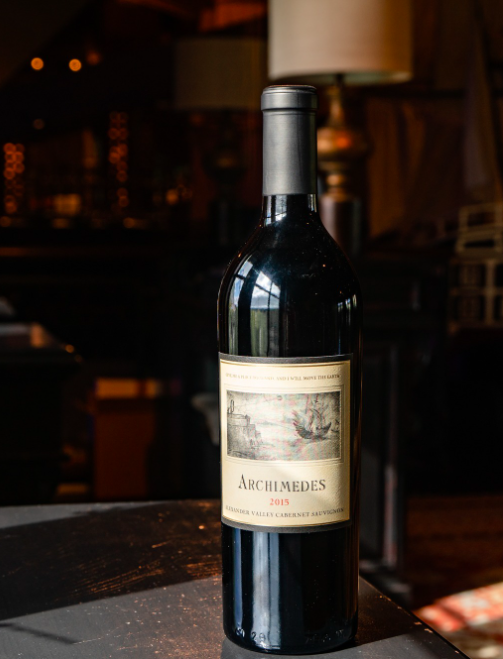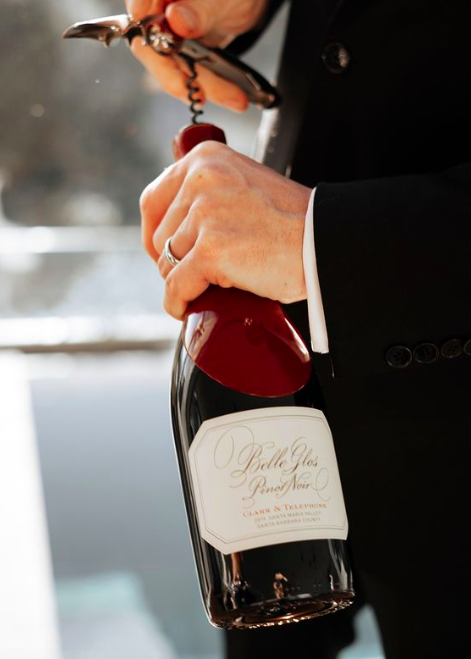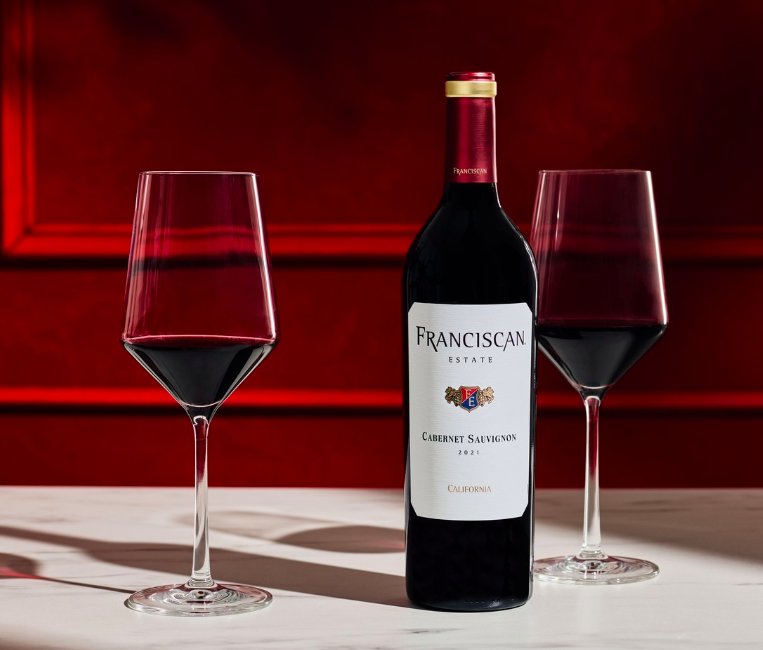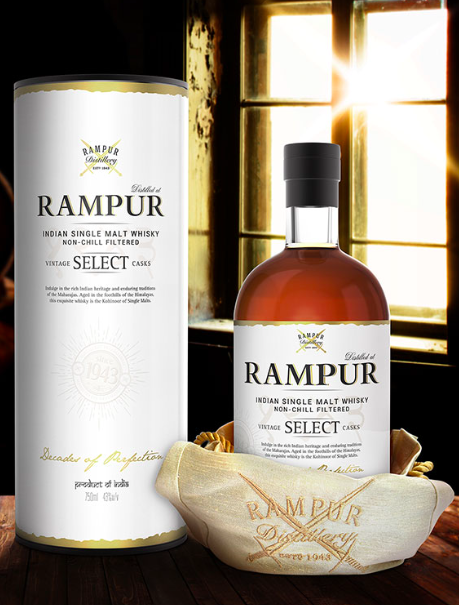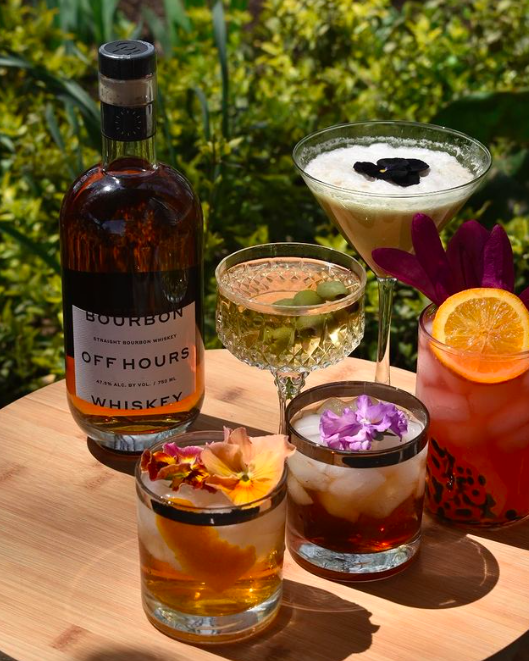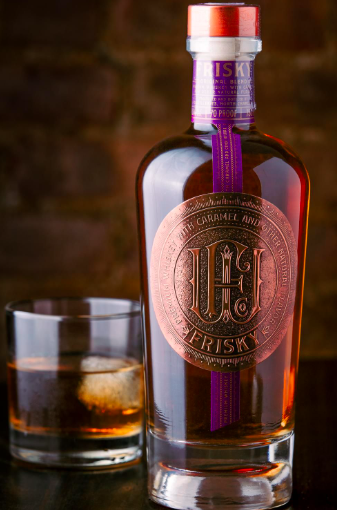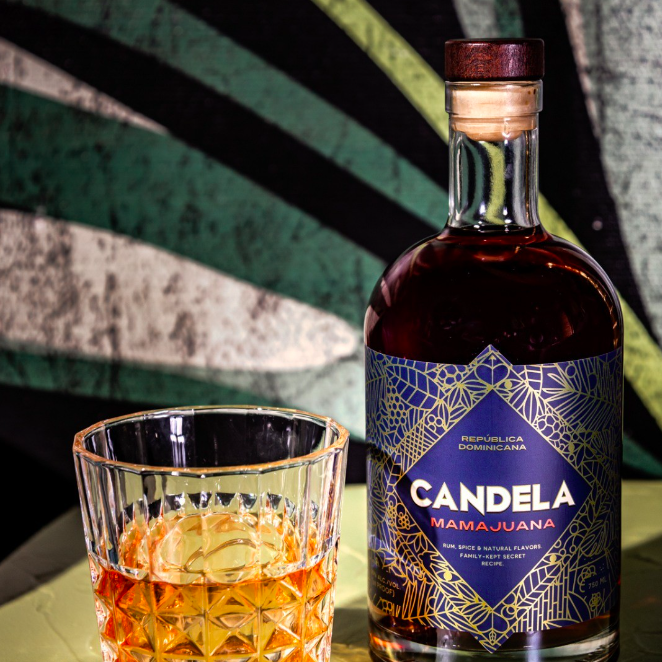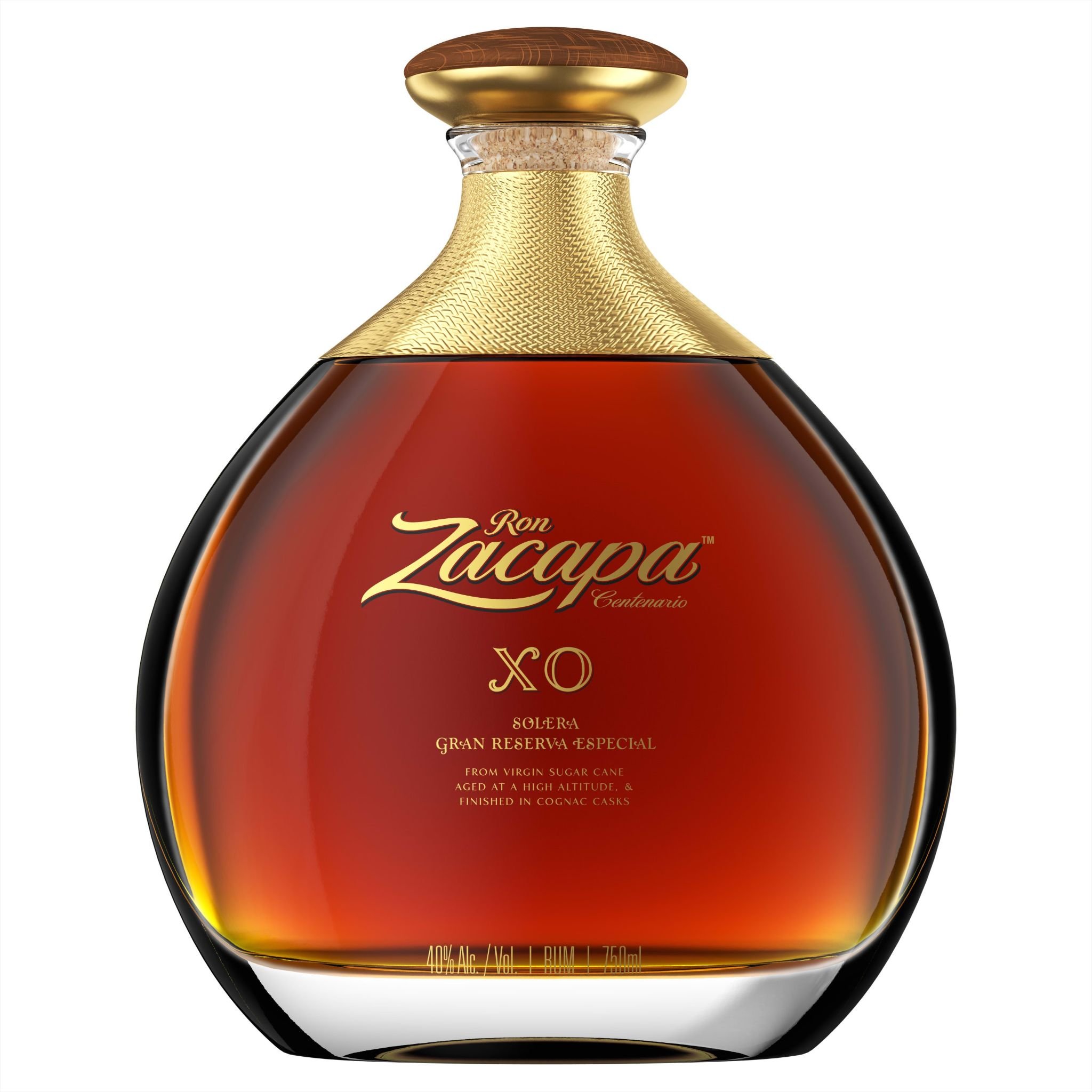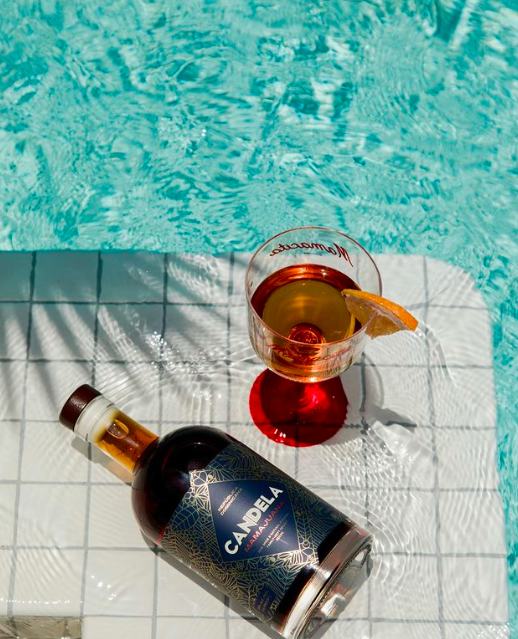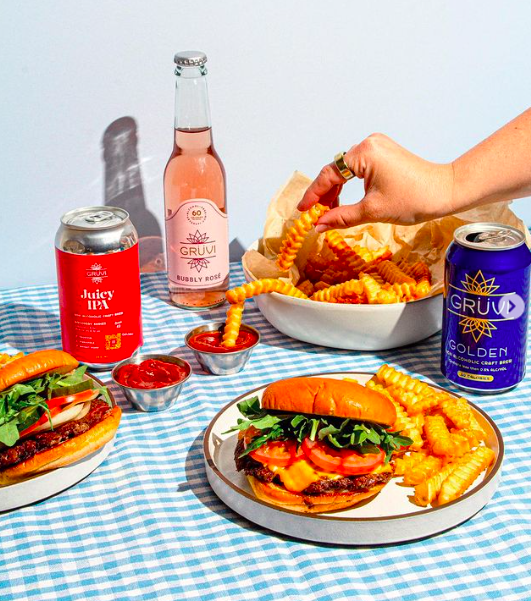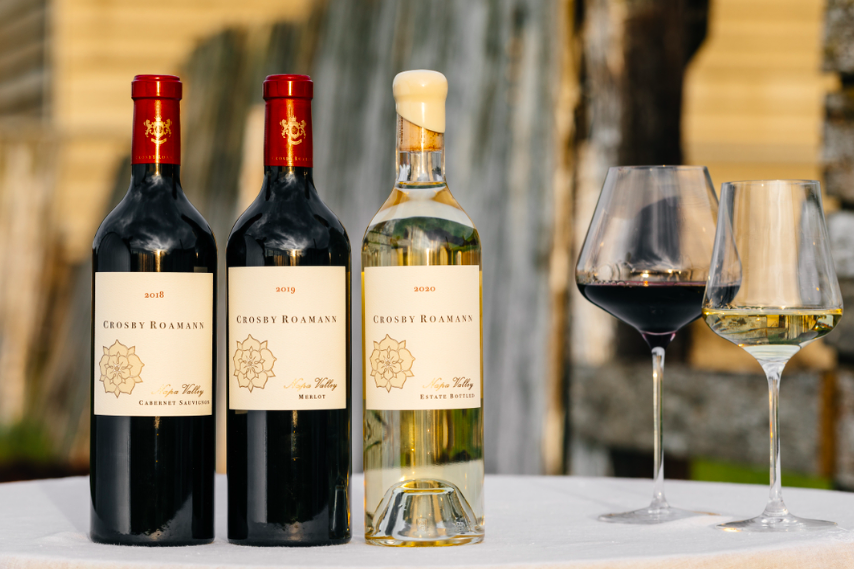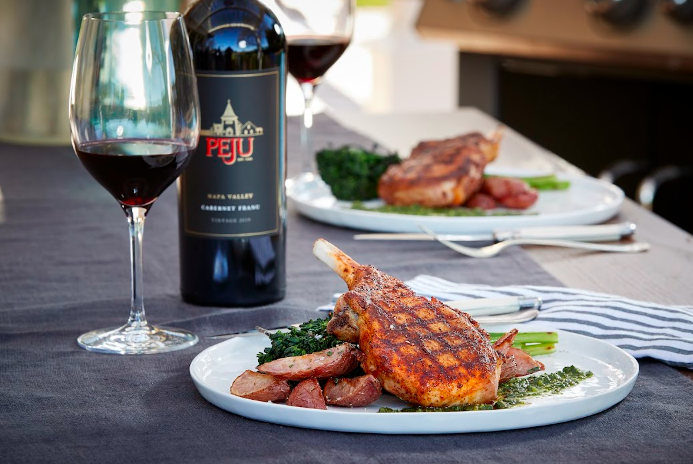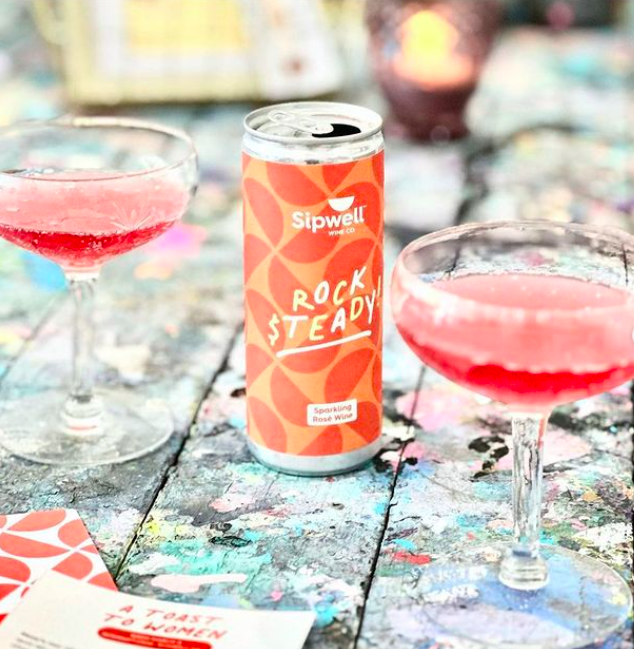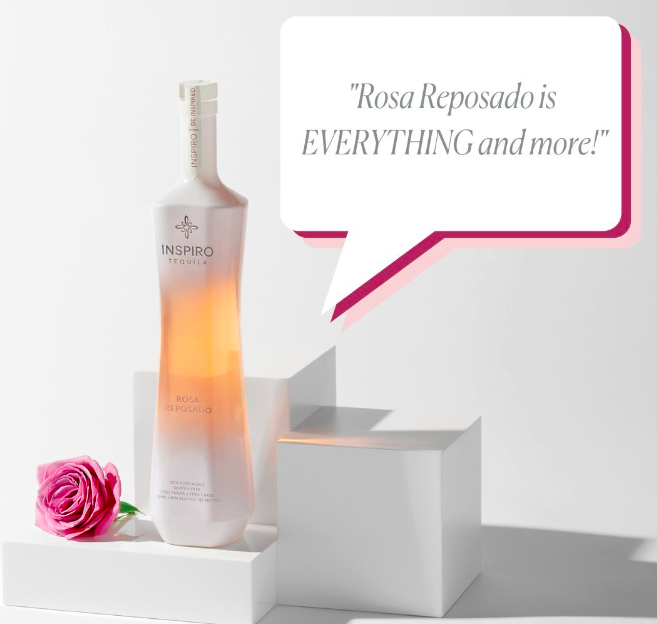There are a lot of reasons why temperature control plays a big part in storing wine properly. For example, wine does not mature slowly enough to maintain its essence and flavours when temperatures are too high or too low. In this article, we’ll look at the right temperature for storing wine, which elements help contribute to proper storage, and how you can store your wine effectively.
The right temperature lets you store wine long-term
Getting an understanding of how temperatures can alter the characteristics of wine, whether it be for the better or worse, is a vital responsibility that comes with storing wine. For example, low temperatures under 5 degrees Celsius tamper with the ageing process and stop the wine from developing slowly over time. In addition, these low temperatures also cause the taste of wine to feel rough on the throat. On the other hand, very high temperatures that reach over 20 degrees Celsius cause the wine to become acidic, lose its flavour, and smell while also drying out the cork.
Dark spaces maintain cool temperatures
Storing wine in a dark place allows the temperature to drop slightly to appropriate levels for wine storage without exposing the wine bottles to heat gained by light exposure in the room. This is because if the wine gets any sort of sunlight, riboflavin acids in the wine will create chemical reactions with its amino acids, which will lead to sulphur thiols, giving the wine a smell of boiled eggs.
Besides temperature, what elements help store wine properly?
Other elements contribute to the ideal wine storage, which may include wine bottle positioning, vibrations, and humidity levels. Firstly, if you lay your wine bottle on its side, you help the cork stay damp constantly. Additionally, this will help to prevent too much oxygen from seeping through the bottle cork, which is similar to wine storage you’ll gain by finding wine fridges for sale online.
Furthermore, vibrations play a big role in too many acetone notes forming in the wine which will make it taste incredibly sweeter than normal. In addition, vibrations create sediment in the wine, making it taste overly acidic. Therefore, try to store your wines away from vibrational objects such as appliances that run on compressor systems because these machines are the culprit for most vibrations in your home.
Similarly to temperature, humidity is a big factor for wine bottles. For example, if you maintain humidity levels ranging from 60% to 70% around wines, it will prevent your bottle corks from drying out and wine leaking through.
What temperature should you serve wine at?
For light and medium-bodied white wines, temperatures between 6 to 10 degrees Celsius are ideal. However, for light to medium-bodied red wines, 12 to 16 degrees Celsius is ideal. In addition, full-bodied red wines must be served between 9 to 12 degrees Celsius.
Is there an alternative solution for storing wine properly?
As opposed to storing your wines in a cellar or on a wine rack, a mini wine fridge can store a few wine bottles at a time which can also help you regulate the temperature of wines without worrying about moving your bottles away from heat, light, and dry air.
Conclusion
When it comes to preserving and drinking wine, temperature plays a great role in helping you maintain the quality of wines. By keeping a consistent temperature, you can make sure that all the expensive or vintage wines you buy, will be stored perfectly without worrying too much about changing its storage environment, especially if you have a wine cooler.







